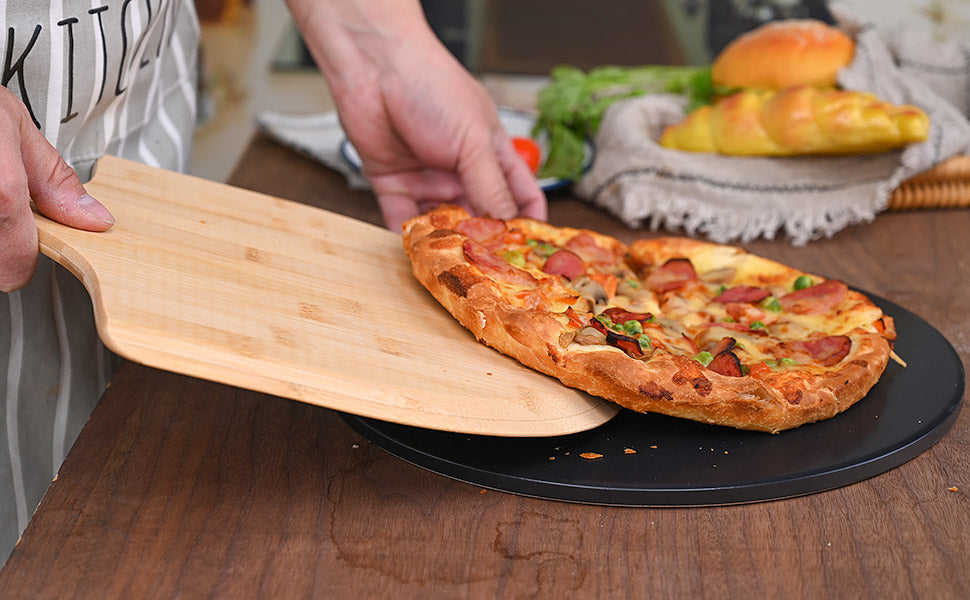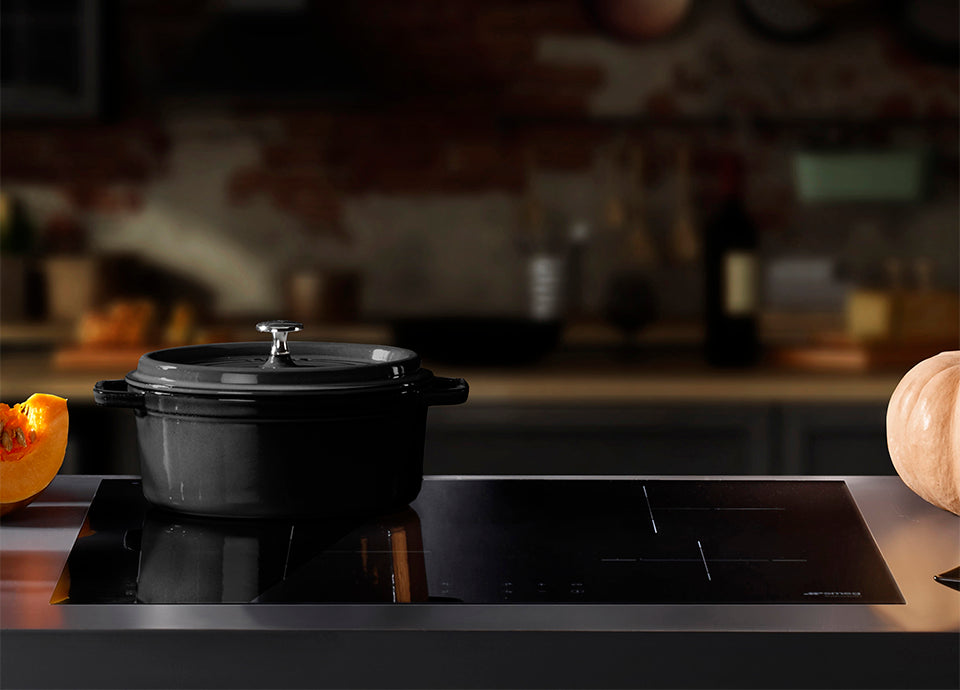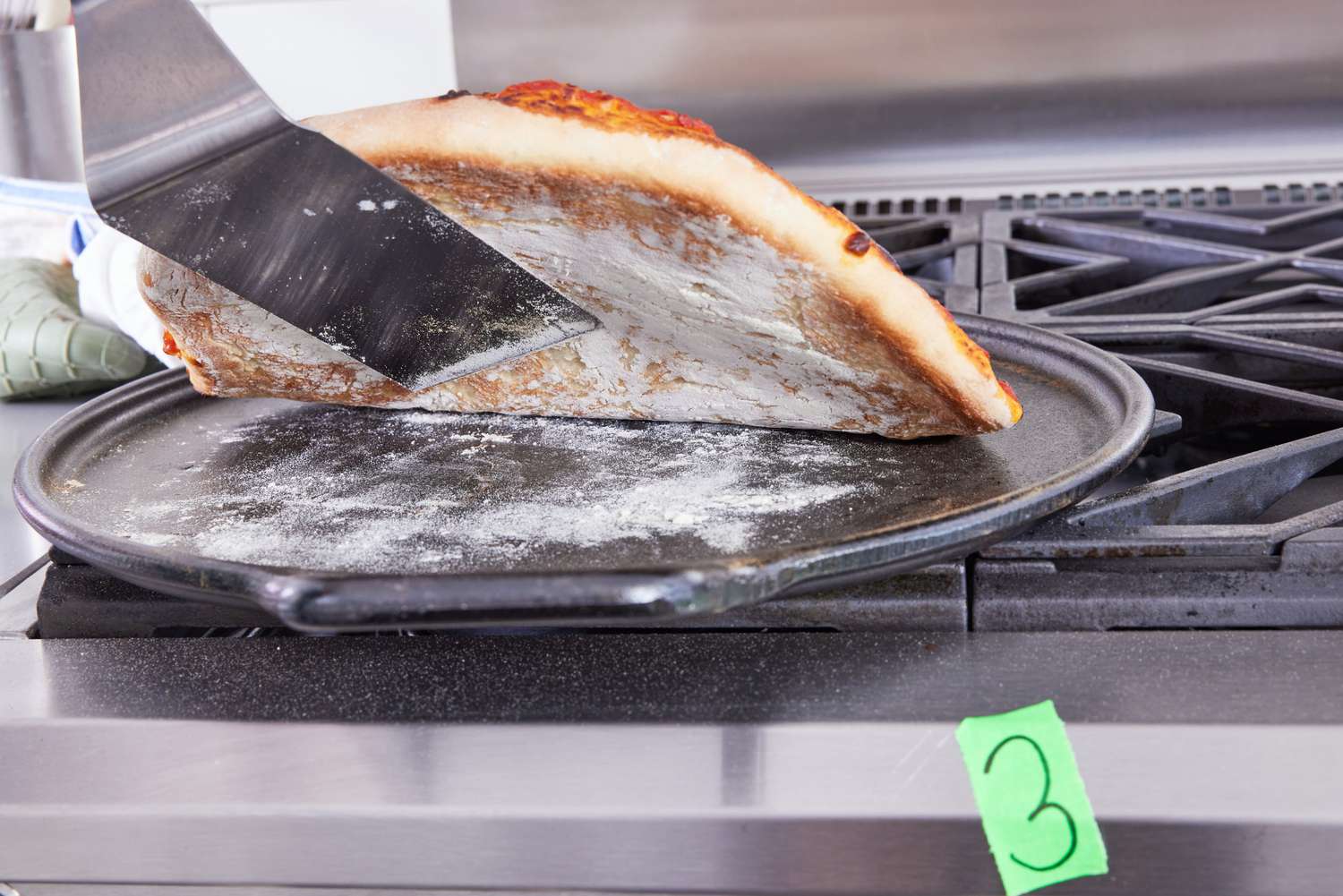As experienced kitchen professionals, crafting the perfect pizza is both an art and a science. A critical element in this culinary endeavor is mastering crisp crust techniques with baking stone. Imagine a golden, crispy crust that crunches with each bitea mouthwatering promise that can be delivered right from your kitchen.
Let's delve into the essential techniques that will elevate your pizza-making skills and deliver that iconic restaurant-quality crust.

Understanding the Baking Stone
A baking stone is an indispensable tool for achieving a perfectly crisp crust. Essentially, it mimics the baking qualities of a traditional brick oven. The porous nature of the stone absorbs moisture, ensuring that the crust bakes evenly while staying crisp.
For an in-depth guide on using baking stones effectively, you can check out this article.
Preheating: The Cornerstone of Crisp Crust
One of the most crucial steps in utilizing a baking stone is preheating. The stone needs to be heated to at least 450F (232C) or up to 500F (260C) for optimal results. This ensures that the dough begins cooking as soon as it touches the surface, locking in moisture and enhancing texture.
To explore more about preheating and its impact on evenly cooked crusts, visit tips for evenly cooked crusts.
Managing Dough Hydration
Another factor that plays a significant role in achieving a crispy crust is dough hydration. Higher hydration levels make the dough more pliable and allow it to expand in the oven. Striking the right water-to-flour ratio can be tricky, but the resulting texture is worth the effort.
For advice on avoiding common pitfalls with dough preparation on baking stones, refer to common baking stone mistakes.
Strategic Toppings: Less is More
An overloaded pizza can lead to a soggy crust. To maintain crispness, opt for strategic and minimal toppings. Think of the toppings as highlights, enhancing rather than overwhelming your creation.
Caring for Your Baking Stone
Maintaining your baking stone is paramount to extending its lifespan and ensuring optimal performance. Regular cleaning and proper storage prevent cracking and breakage.
Learn about extending the longevity of your baking stone with these maintenance tips.
:max_bytes(150000):strip_icc()/pizza-stone-testing-winners-the-original-baking-steel-wdickey-7-63-0eab155b17994dcc94fe89c908bab57d.jpg)
FAQs on Crisp Crust Techniques
What type of flour is best for crisp crusts?
Using high-protein flours like bread flour can contribute to a chewier, crispier crust.
Can baking stones be used for other dishes?
Absolutely! Baking stones are versatile and can be used for breads, pastries, and even roasting vegetables. Check out using baking stones for roasting vegetables.
How do I prevent my baking stone from cracking?
Never subject a cold stone to high temperatures abruptly. Gradually preheat alongside the oven to avoid thermal shock.
By implementing these crisp crust techniques with baking stone, kitchen professionals can delight in creating exemplary pizza that marries perfectly with its smoky char and airy crumb. For those who yearn to perfect the art of pizza preparation, these strategies will serve as a beacon for achieving culinary greatness.
For more detailed exploration of how to use stone bakeware, visit here.
This article contains affiliate links. We may earn a commission at no extra cost to you.






Leave a comment
This site is protected by hCaptcha and the hCaptcha Privacy Policy and Terms of Service apply.